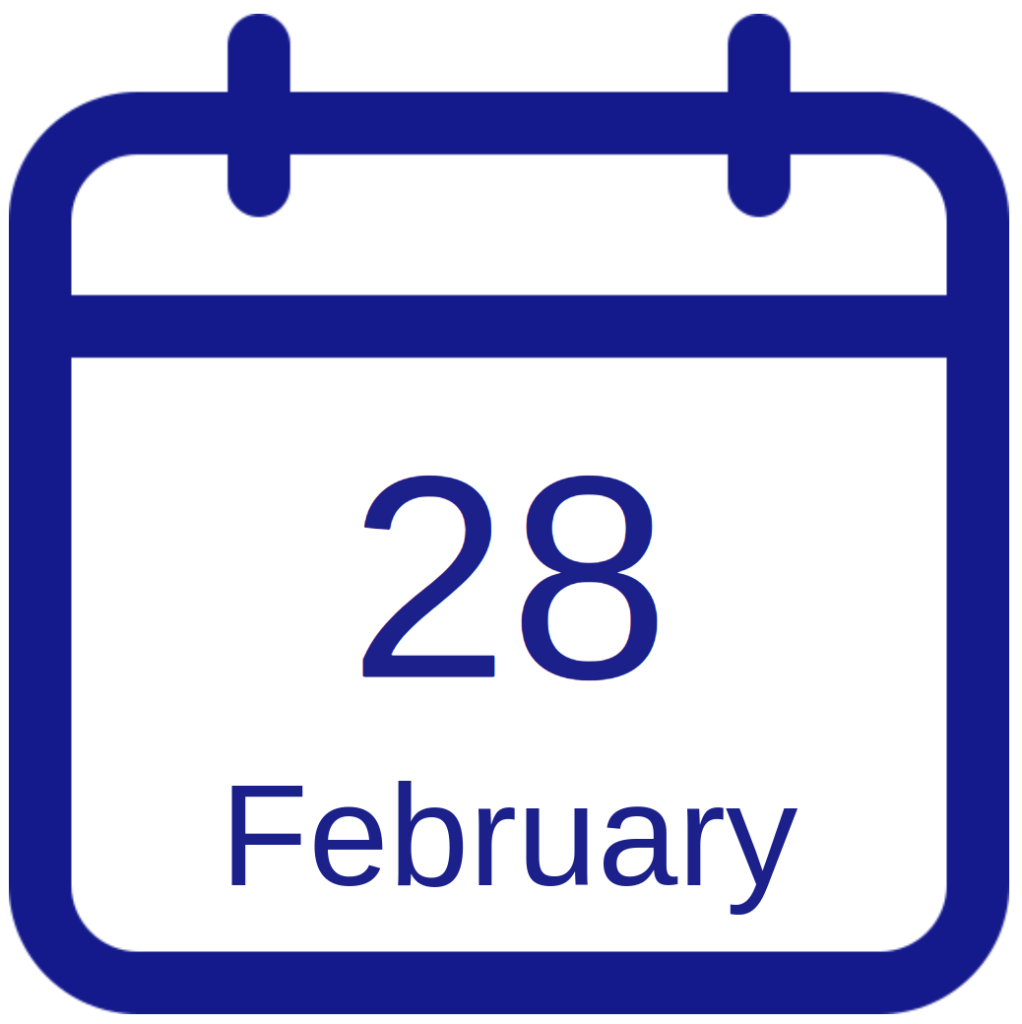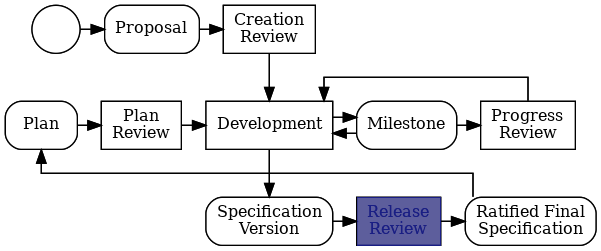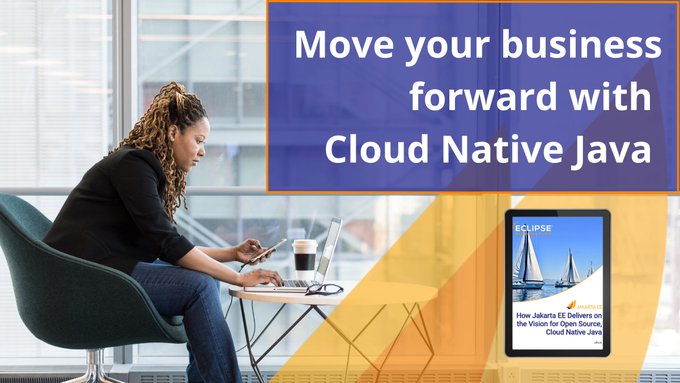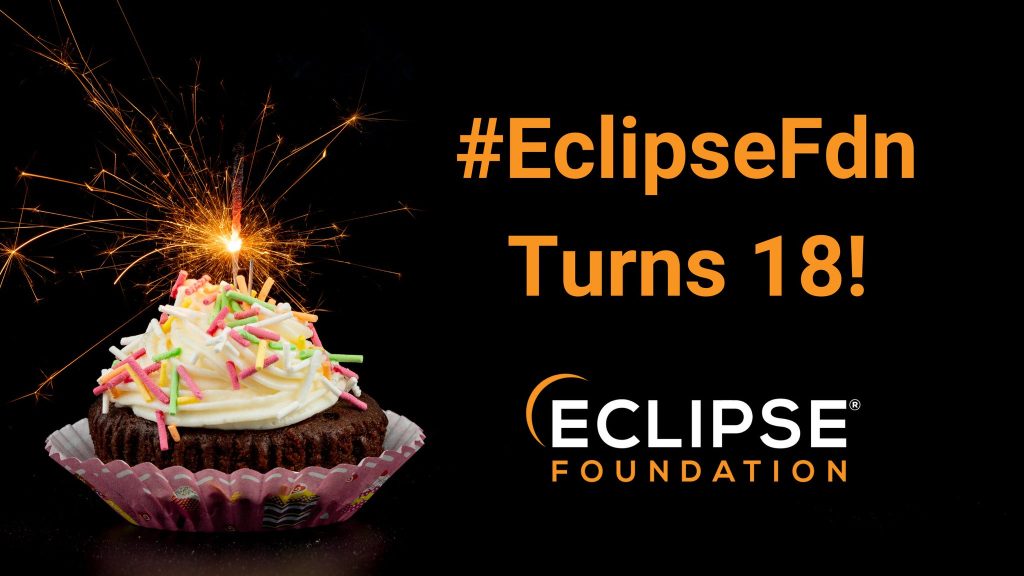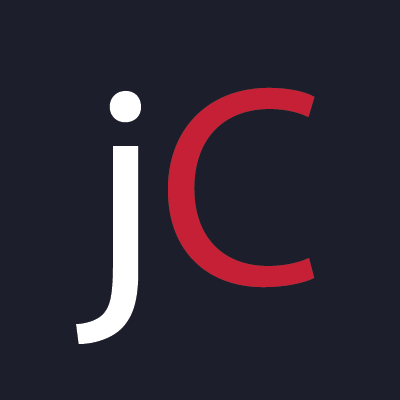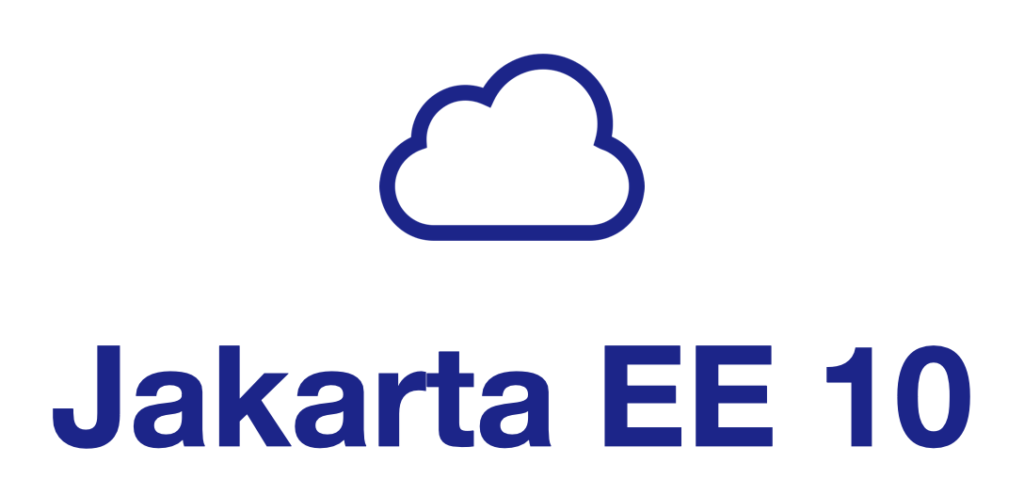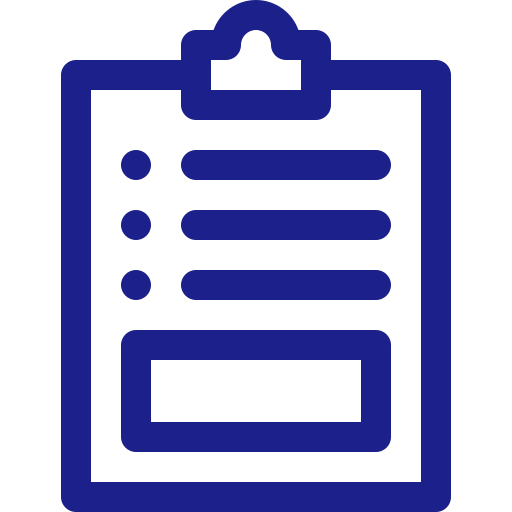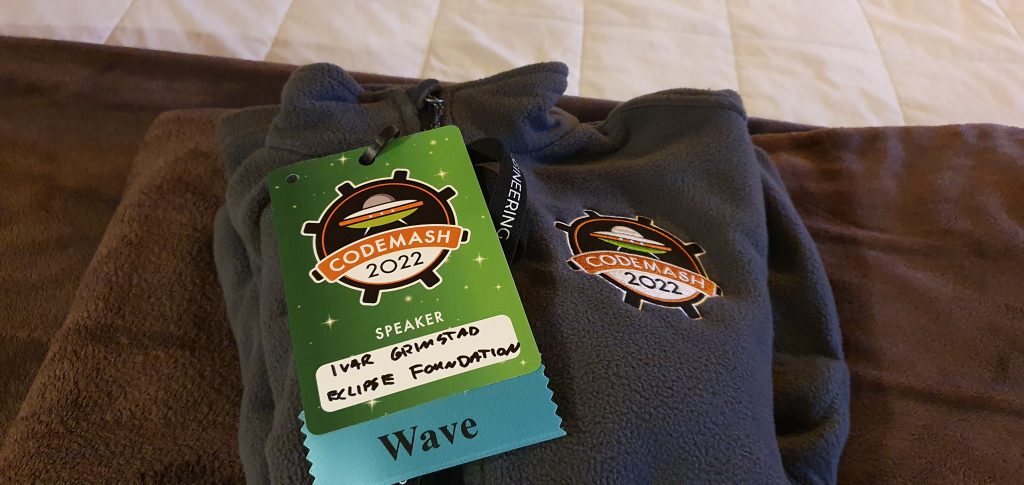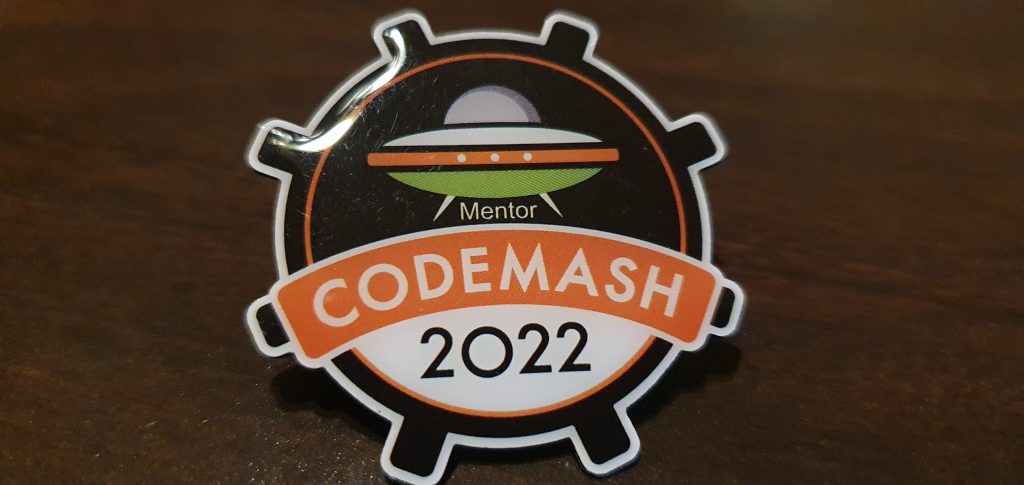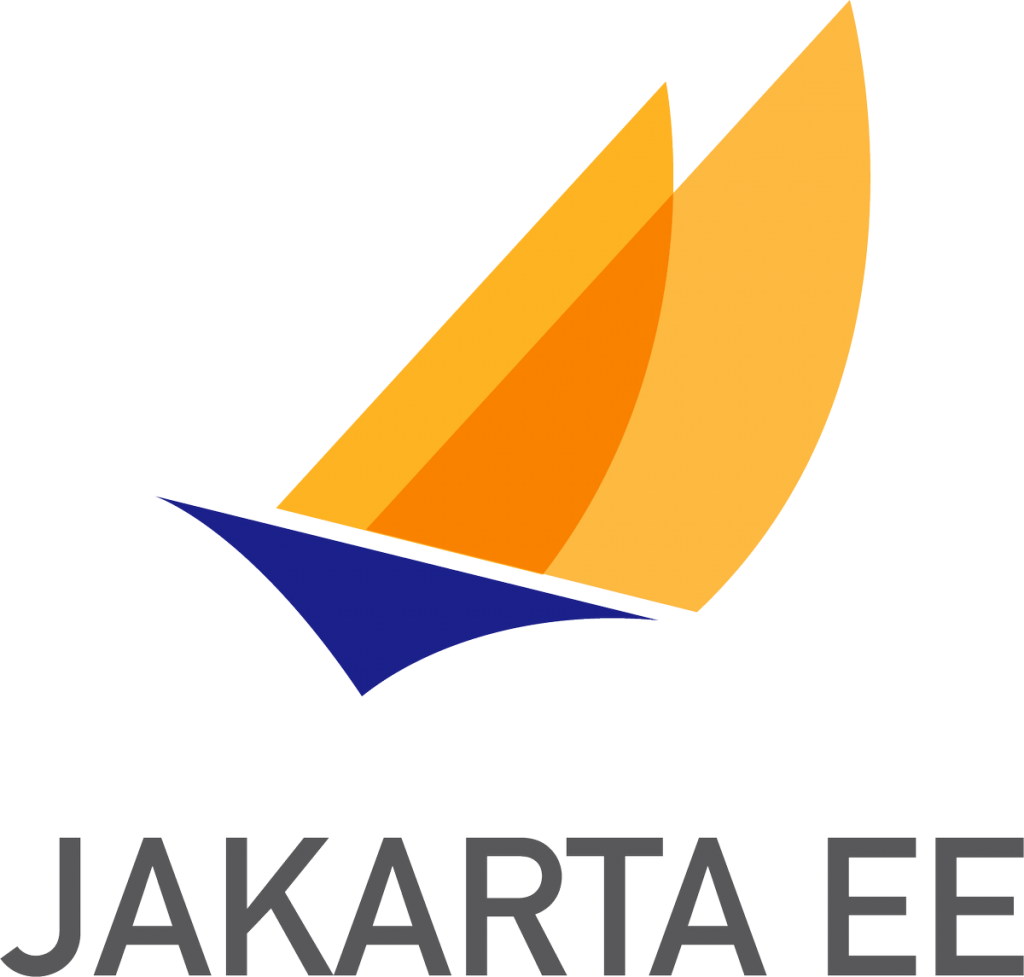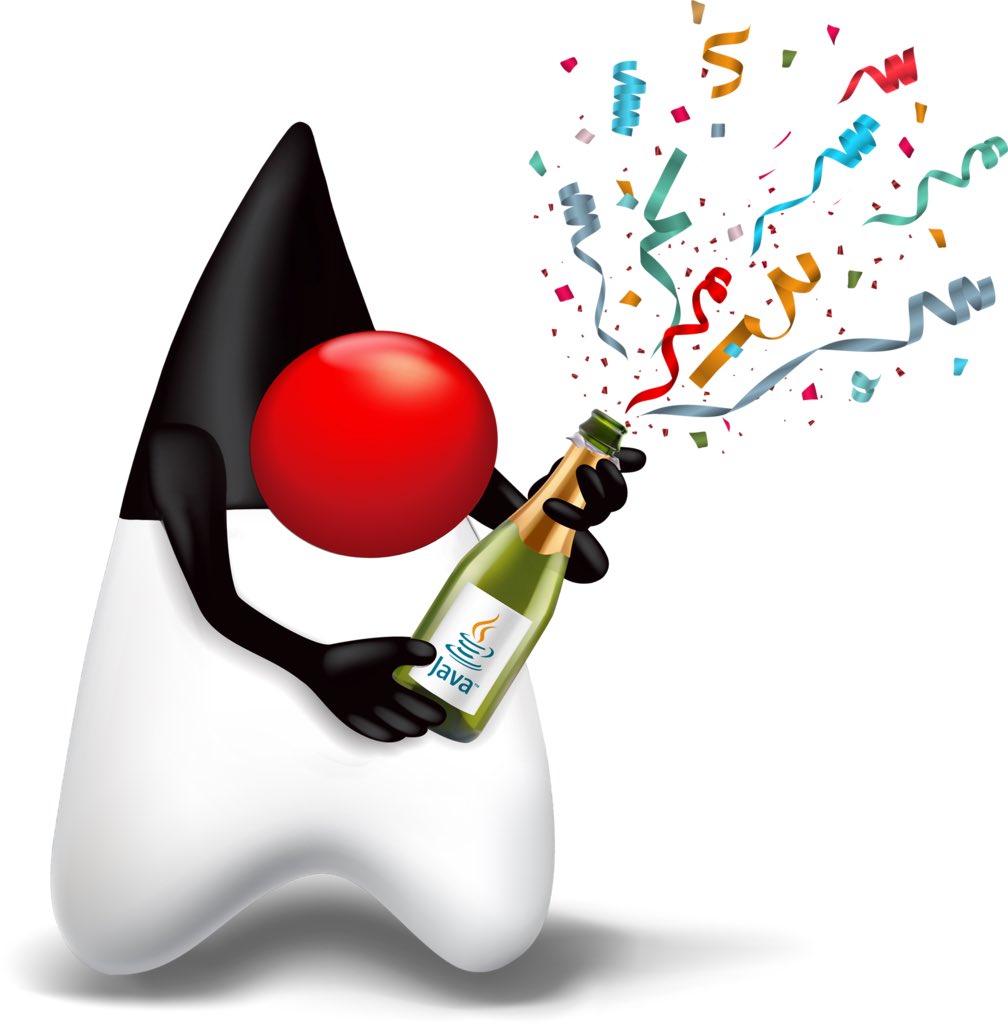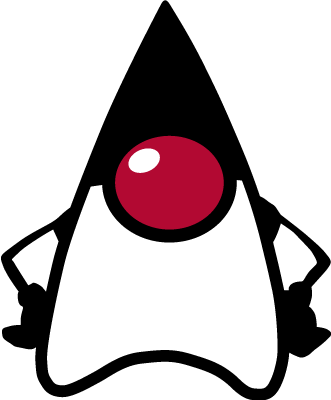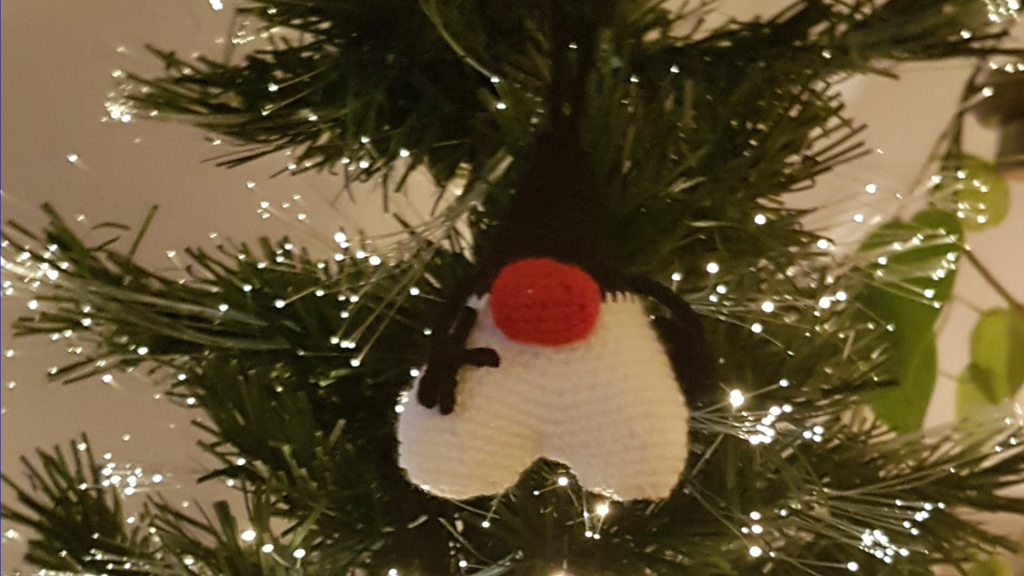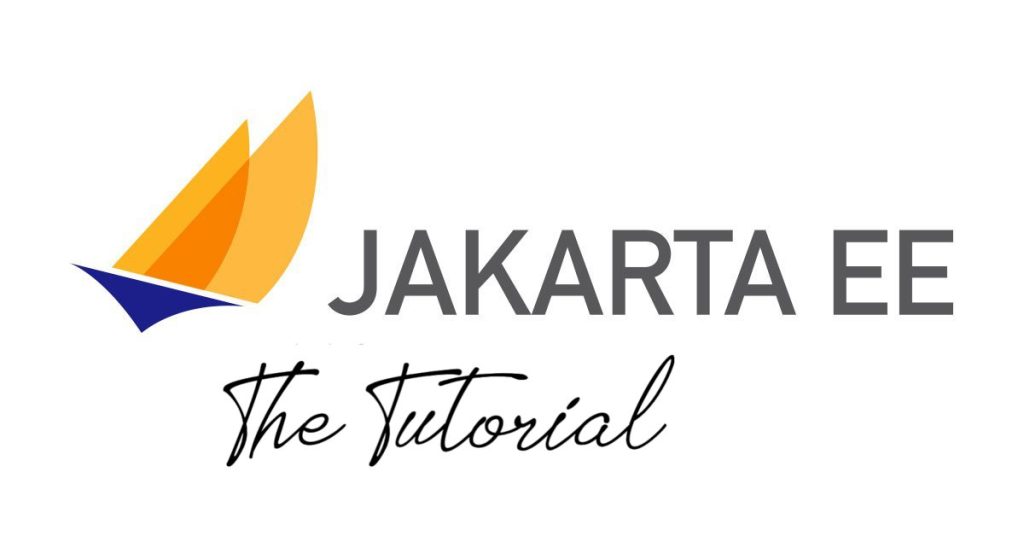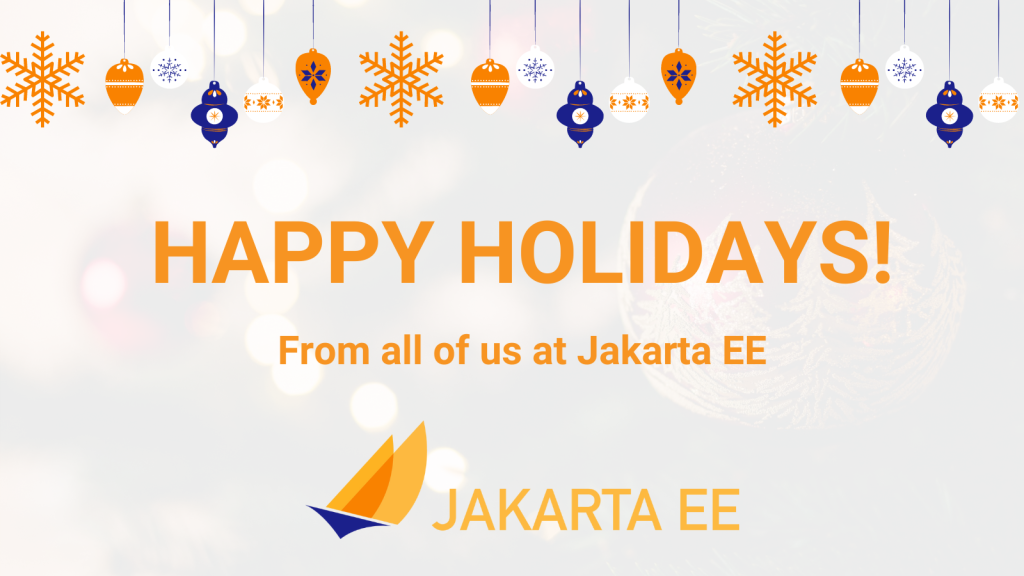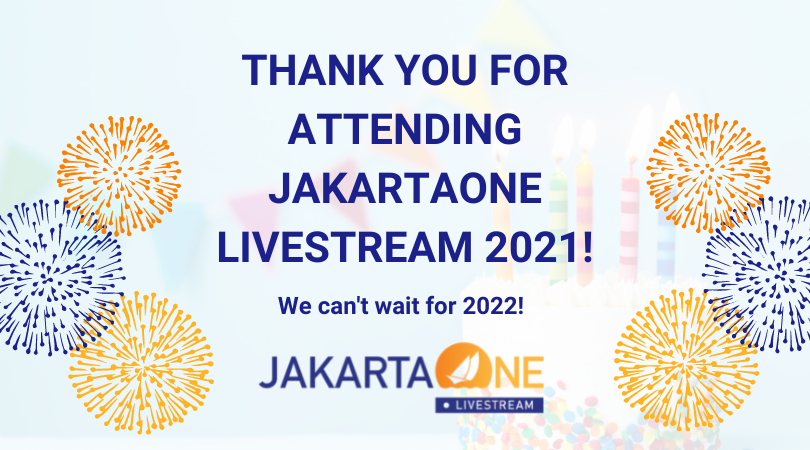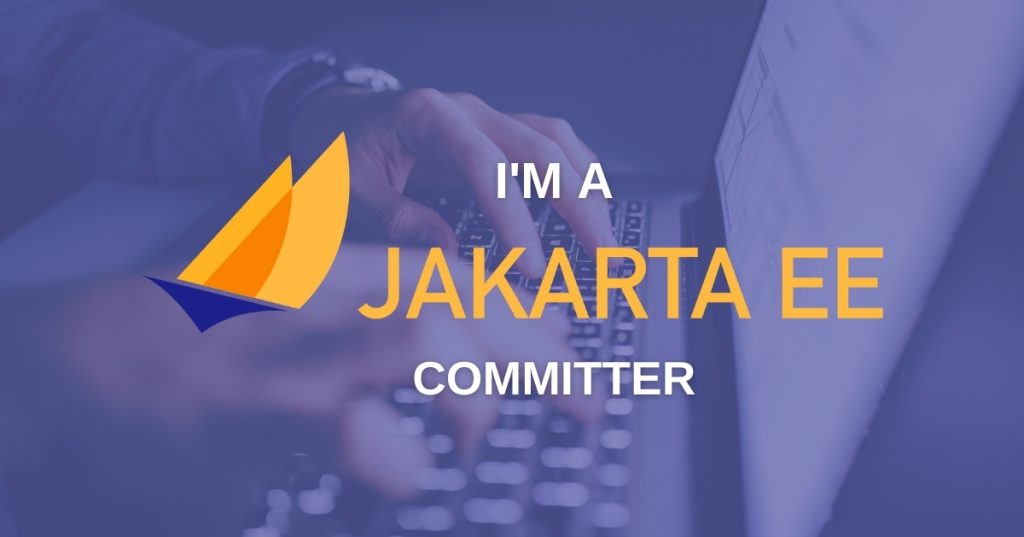Welcome to issue number one hundred and ten of Hashtag Jakarta EE!
The next important date to mark your calendar within the context of Jakarta EE 10 is February 28, 2022.
This is the deadline for all Jakarta specification projects to initiate their release review in order to be a part of Jakarta EE 10. The release reviews are initiated and tracked by pull requests to https://github.com/jakartaee/specifications. The release review of Jakarta Activation 2.1 is done. Reviews of Jakarta Annotations 2.1 and Jakarta Mail 2.1 will complete this week.
The release reviews are required by the Jakarta EE Specification Process (JESP). Take a look at the simplified JESP Guide for a quick overview.
While waiting for Jakarta EE 10, check out the new eBook titled How Jakarta EE Delivers on the Vision for Open Source Cloud Native Java. This free eBook gives you everything you need to know about Jakarta EE.

